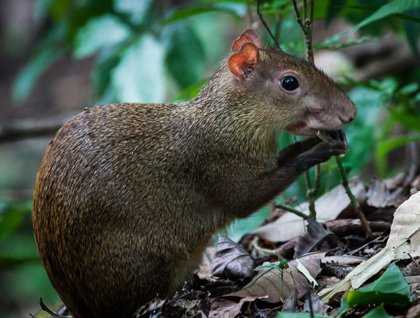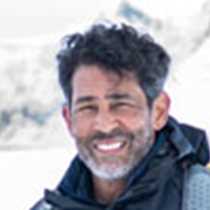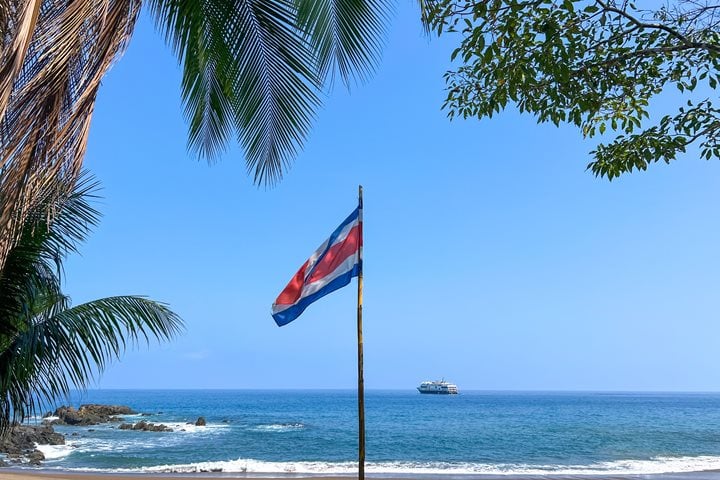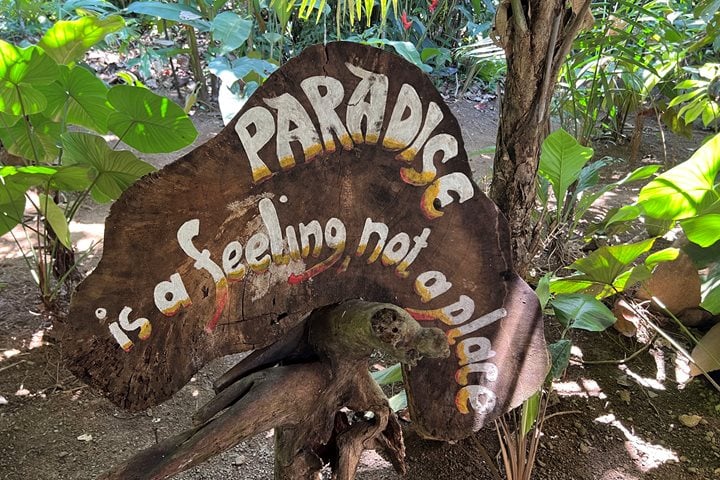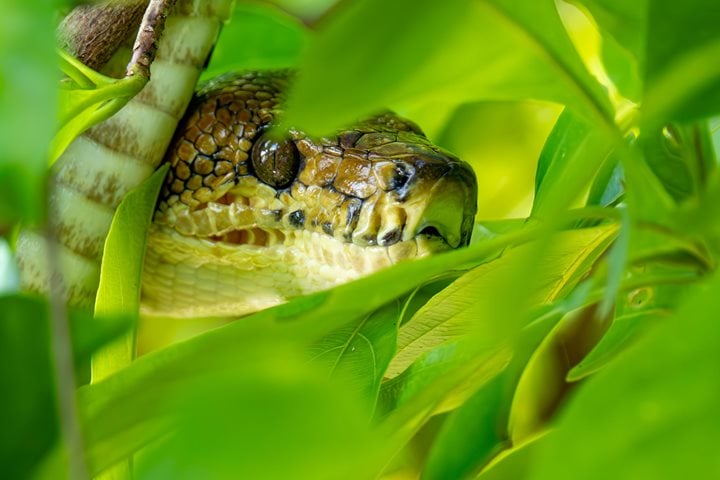Softly this morning, some of us were awakened by the starting of engines on National Geographic Sea Lion and the vibrations of the anchor being pulled up.
Last night we started our adventure by pulling away from the dock of the very busy port of Colon on the Caribbean coast of Panama. It is a great moment experiencing first-hand an important part of modern human history by transiting the Panama Canal’s Gatun locks under the intense lighting of powerful tungsten lights; then later in the evening set our anchor at the Gatun Lake for a well-deserved night sleep.
Today before the break of dawn and after picking another Panama Canal pilot, we quietly navigated towards our destination for the morning activities. I don’t know if it was real or just part of a dream, but I swear I could feel occasionally that we were softly shaken, probably by the wake created by gigantic vessels that navigate through the canal’s narrow waterway 24 hours a day, seven days a week.
Just as the sun started to peek up behind the hills we arrived to our destination, the internationally famous Smithsonian Barro Colorado Island. What a magnificent sight it was! Dense green tropical rain forest everywhere around, and then suddenly (and frequently), as if coming out of nowhere and seeming totally out of place here, humongous Panamax container vessels and car-carriers quietly appearing and disappearing through the forested hills. What a contrast! This is an important part of what the Panama Canal is; the balance between the forces of nature and the technology, engineering, determination and foresight of very smart people who learned how to work with nature, instead of fight against it.
Barro Colorado Island, or BCI, is a place worshiped by anybody who carries in their heart a love for tropical biology. Anybody who is somebody in tropical biology knows about BCI and very likely has at some point spent some time walking through its hilly trails. Meter by meter, one of the most studied places in the planet.
Today, after a short welcoming introduction by one of its top scientists, Dr. Egbert Giles Leigh Jr., we also became part of this select group of people who have roamed the trails of BCI, some of us escorted by Dr. Leigh himself. Some others chose to explore by boat around the island and nearby islets. During our walks we were all escorted by a local naturalist that helped us understand some of the complex intricacies of the tropical rain forest, and we could observe some of its most representative trees, like the national tree of Panama (oddly enough called the Panama tree) and the high Cuipo trees. Also, we saw some of the iconic animals of the forest like American crocodiles, mantled howler monkeys, and Central American agoutis.
After lunch we received yet another Panama Canal pilot (our last) for the crossing of the remaining section of the canal on the Pacific side, the larger set of locks of Pedro Miguel and Miraflores.
We crossed the Continental Divide, the Canal dredging division, the infamous “Culebra Cut” (where so many people died during the construction of the canal), and the modern Centennial Bridge, to finally get to the locks. Afterwards and as the sun set below the horizon, we finally navigated under the gateway of the Bridge of the Americas as we made it into the Pacific Ocean, and set off for new adventures on our way to explore the many islands of Panama and eventually Costa Rica.
Great day! Thoroughly exploring the Panama Canal from sunrise till sunset!

